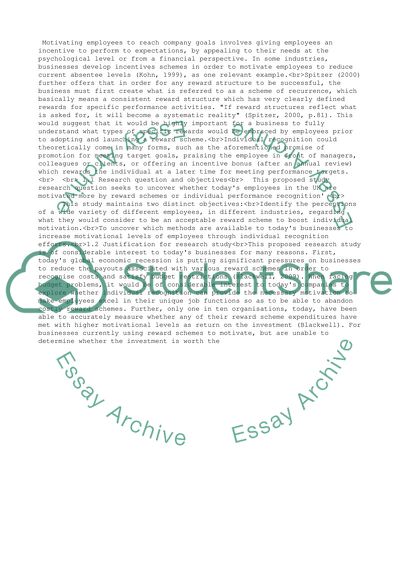Cite this document
(Identify the Perceptions of a Wide Variety of Different Employees Essay Example | Topics and Well Written Essays - 2250 words, n.d.)
Identify the Perceptions of a Wide Variety of Different Employees Essay Example | Topics and Well Written Essays - 2250 words. https://studentshare.org/business/1506764-identify-the-perceptions-of-a-wide-variety-of-different-employees
Identify the Perceptions of a Wide Variety of Different Employees Essay Example | Topics and Well Written Essays - 2250 words. https://studentshare.org/business/1506764-identify-the-perceptions-of-a-wide-variety-of-different-employees
(Identify the Perceptions of a Wide Variety of Different Employees Essay Example | Topics and Well Written Essays - 2250 Words)
Identify the Perceptions of a Wide Variety of Different Employees Essay Example | Topics and Well Written Essays - 2250 Words. https://studentshare.org/business/1506764-identify-the-perceptions-of-a-wide-variety-of-different-employees.
Identify the Perceptions of a Wide Variety of Different Employees Essay Example | Topics and Well Written Essays - 2250 Words. https://studentshare.org/business/1506764-identify-the-perceptions-of-a-wide-variety-of-different-employees.
“Identify the Perceptions of a Wide Variety of Different Employees Essay Example | Topics and Well Written Essays - 2250 Words”. https://studentshare.org/business/1506764-identify-the-perceptions-of-a-wide-variety-of-different-employees.


